When looking to raise a family or vacation to a new destination, finding secure neighborhoods is essential to comfort, which is no different in Missouri.
While the Show-Me State boasts countless safe areas, high-crime cities, and towns can ruin vacations and lives.
Infoplease and the World Population Review rate Missouri as number seven on the list of most dangerous states.
If you’re traveling to Missouri or looking to make this state your new home, it’s essential to understand the most dangerous cities.
Keep reading to learn more!
Contents
10 Most Dangerous Cities in Missouri
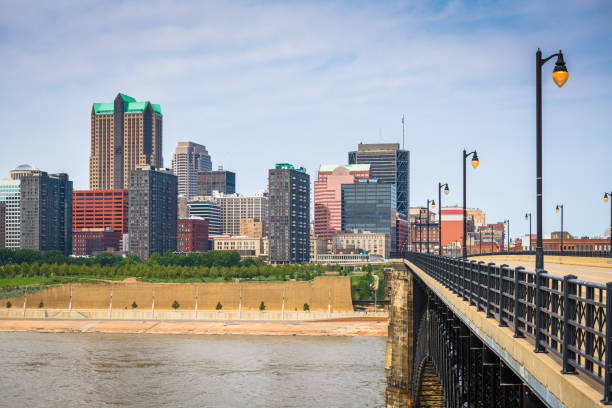
10. Bellefontaine Neighbors
As a suburb of St. Louis and the second smallest town on this list, in 2020, Bellefontaine Neighbors saw 1,021 crimes, which accounted for 98.59 offenses per 1,000 people.
These crimes primarily comprised robbery, vehicle theft, the destruction of property, and aggravated assault.
Overall, Bellefontaine Neighbors was more dangerous than most larger cities in the state.
While property damage has remained consistent over the years, violent crime was at its highest in 2020, driven by aggravated assault.
2019 was the previously highest recorded aggravated assault year, and 2020 saw an increase of 80 cases.
Other important figures include a poverty rate of 20.4% and a murder rate of 0.19 per 1,000 residents.
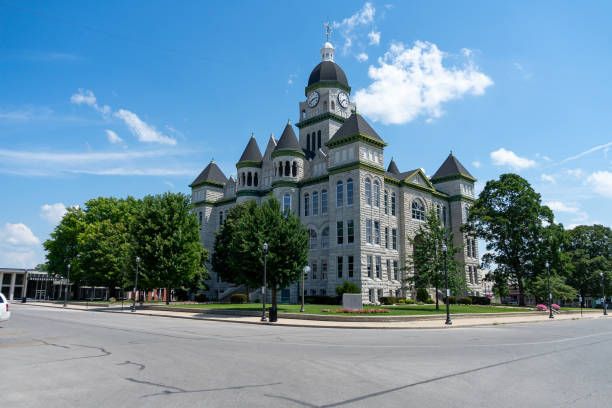
9. Carthage
Although Carthage boasts a murder rate of 0.0 incidences, this small town of just under 15,000 residents in Jasper County is considered a great place to raise a family.
However, “America’s Maple Leaf City” boasts one of the highest crime rates in the state.
The 100.78 incidences per 1,000 residents were mainly drug-related, but other property and violent crimes were prevalent.
In 2020, violent crime was the third-highest in city history, and property crime was above average.
In addition, the poverty rate in Carthage is 26.6%.
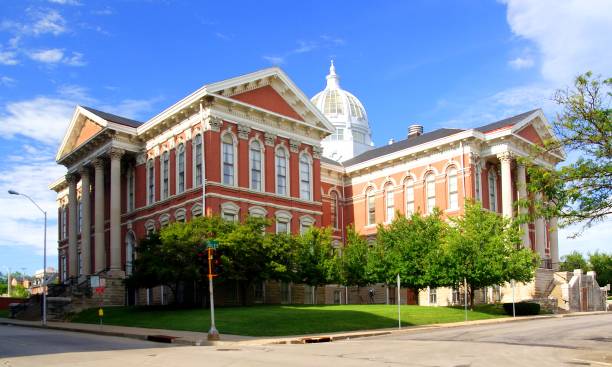
8. St. Joseph
As a mid-sized city on the western side of the state in Buchanan County, St. Joseph is a popular destination for outdoor festivals, architecture, and unique history.
Still, it also has one of the highest crime rates in the state.
With a population of 74,680, St. Joseph experienced 8,002 reported crimes at 107.15 per 1000 residents.
While property crime has remained consistent throughout the city’s history, violent crime has risen since the mid-1990s.
The median household income is a respectable $53,000, and the poverty rate is 15.2%.
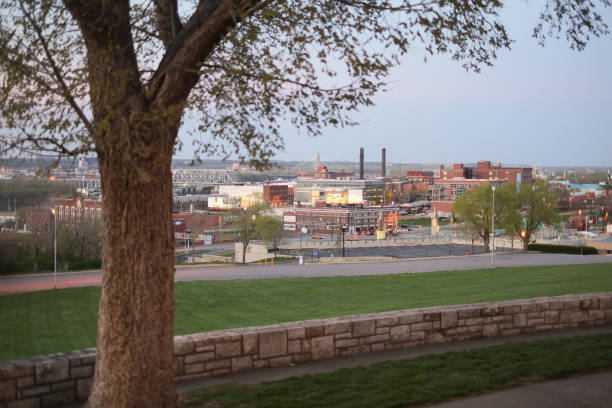
7. Union
Located in the heart of Franklin County sits Union, Missouri, a small town of around 12,000 residents, a 0.0 murder rate, and a lower poverty rate of 11.3%.
While these statistics may seem appealing, the total crime rate was 108.32 incidences per 1,000 residents, mostly comprised of theft, property destruction, and assaults.
Violent and property crimes have increased over the past two decades, with violent crime being the second-highest since 2009.
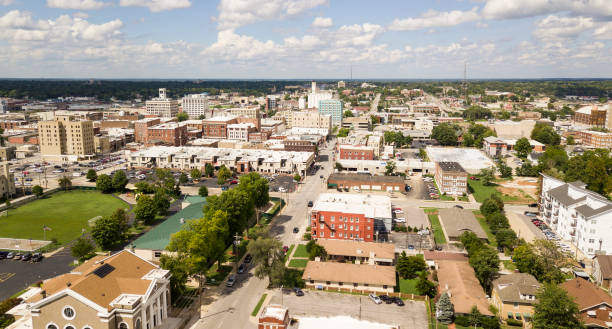
6. Rolla
Nestled near the infamous Route 66, Rolla is a town of around 20,500 people in Phelps County.
Due to its location in Missouri, Rolla boasts a rich heritage with excellent outdoor adventures due to the nearby caves, waterways, and forests.
Unfortunately, Rolla reported 110.17 crimes per 1,000 residents; 116 of which were violent, the second-highest in the city’s history.
Many incident types have decreased or remained steady, but violent crime has increased since the 1980s due to aggravated assault.
Also, property crime is rising, with 867 cases, the highest since 2010.
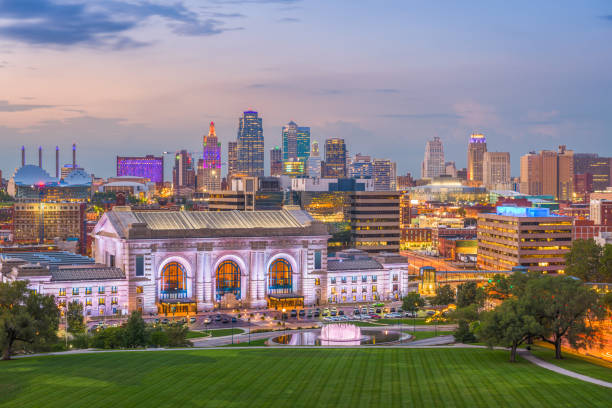
5. Kansas City
With a population nearing 500,000 residents, Kansas City is known for its barbecue, burgeoning art scene, and jazz history.
As the cultural epicenter of the state, Kansas City is a bustling community with residents from all walks of life.
Yet, despite these positive attributes, the city has made number five on this list of most dangerous places in Missouri.
The crime rate was 94.54 per 1,000 people, with 176 murders, the most since 1985.
Part of this statistic is North Kansas City, which, on its own, has a whopping crime rate of 246.37 incidences per 1,000 people consisting primarily of vehicle theft, arson, robbery, and burglary.

4. Kennett
With just 10,000 residents, most Americans (and Missourians, for that matter) couldn’t point this town out on a map.
Located on the state’s bootheel, Kennett has a family-friendly feel and an excellent school system, but crime remains a significant community concern.
Given its small town population, the number of crimes wasn’t high, but the crime rate clocked in at 125.14 incidences per 1,000 individuals.
Property crime was at its lowest since 2012, but violent crime was the third-highest since 2003, with 90 reported incidences.
The main driver for this increase was an uptick in aggravated assaults.

3. Joplin
Located in southwest Missouri, Joplin is the fifth-largest metropolitan area in the state and has a crime rate of 137.33 crimes per 1,000 residents.
With 3,276 incidents, including vehicle theft, robbery, burglary, and arson, this town of 51,000 was at the second-lowest rate since 2010.
On the upside, Joplin has experienced decreased property crimes, but violent crimes have been at their highest since 2010.
The murder rate increased to nine from a maximum of three per year over the previous decade.
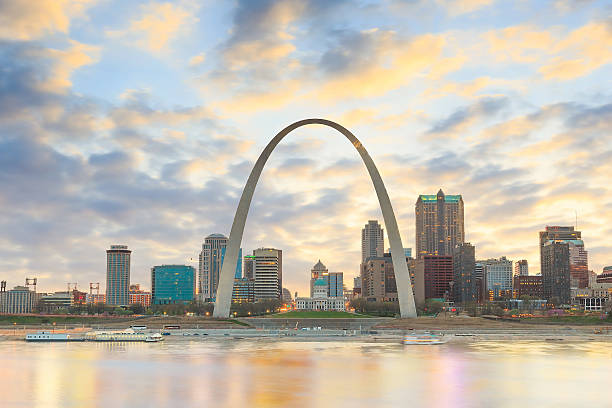
2. St. Louis
As the Gateway to the West, highlighted by the famous Gateway Arch, St. Louis is one of the most famous destinations in the U.S.
Unfortunately, some of that fame comes from having a high crime rate.
Visitors and residents have a 1-in-50 chance of being the victim of a crime in the city.
The overall murder rate is the highest in Missouri, with 0.87 per 1,000 residents, and there were 6,017 violent crimes for a city population of just over 300,000 residents.
Violent crime has remained steady for the past decade, but annual murders rose to 263 in 2020, a 36% increase year-over-year.
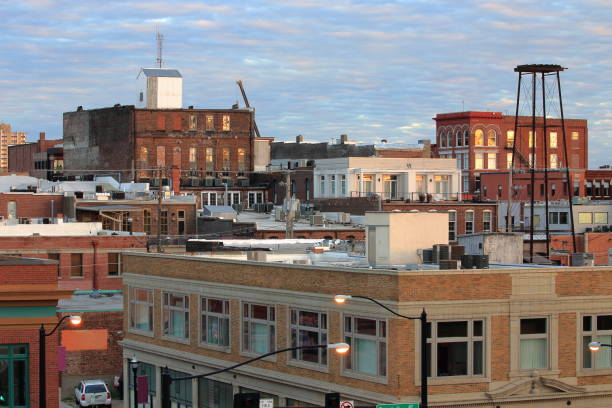
1. Springfield
Rounding out the list at number one is Springfield, a bustling mid-sized metropolitan area known for its rich cultural scene and steady job growth, making it a popular destination for recent college grads looking to set up shop.
Unfortunately, the Queen City o the Ozarks is also well-known for having the highest crime rate in the state and one of the worst in the United States.
Springfield earns the 2021 spot as the 5th most dangerous city in the U.S.
The overall crime rate is 144.56 incidences per 1,000 individuals, and residents have a 1 in 8 chance of becoming a victim.
5 Safety Tips for Traveling to Missouri
1. Avoid Emotionally Charged Environments
While protests and political rallies are less likely to occur in small towns, in larger cities like St. Louis and Kansas City, it’s crucial to stay away from large gatherings in case they become hostile.
Always follow police instructions if you accidentally end up in the middle of a conflict where police are involved.
The best rule is to head in the other direction if you see protests or rallies.
2. Avoid Secluded Areas at Night
Suppose you’re planning to head out for the evening.
In that case, avoiding dark alleys and unlit or secluded areas is always advisable, especially when you’re unfamiliar with the surroundings late at night.
If you’re in a group, stick to the main roads populated with other pedestrians.
3. Never Leave your Drink Unattended
If you’re out at a bar or restaurant, always watch your drink.
While this is important for men and women, solo female travelers should especially be cautious.
While it’s advisable for solo female travelers not to drink in bars alone at night, watch your drink if that is your plan.
Also, respectfully decline any drinks sent over from a patron unless you watch the bartender pour and pass the glass to you.
4. Keep Friends and Family Updated
When traveling to an unfamiliar place, even within the United States, inform your family and friends where you’re staying and your daily itinerary in advance, and maintain regular contact with them during your trip.
This will give them peace of mind that you’re enjoying your trip without incident.
5. Be Aware of Public Wi-Fi
Most public Wi-Fi networks are unsecured, meaning they aren’t protected.
As a result, when using public Wi-Fi in places like St. Louis or Kansas City, hackers could attempt to steal sensitive information, including a Social Security or credit card number.
If you require wireless services in public locations where you will be accessing confidential information, set up a virtual private network that provides extra encryption and security during your stay.
Missouri Safety Overview
READ THE FULL REPORT: Missouri Safety Review
Safety Index:
- OVERALL RISK: MEDIUM
- TRANSPORT & TAXIS RISK: LOW
- PICKPOCKETS RISK: LOW
- NATURAL DISASTERS RISK: MEDIUM
- MUGGING RISK: MEDIUM
- TERRORISM RISK: LOW
- SCAMS RISK: LOW
- WOMEN TRAVELERS RISK: LOW
Frequently Asked Questions
Which area of Missouri is the safest?
While crime can occur anywhere, Town and Country is statistically the safest city in the state with a 0.81 Safety Index Score.
In addition, the violent crime rate in Town in Country is just 0.45 incidences per 1,000 residents, while the property crime rate falls at less than half the state average.
What is the poorest city in Missouri?
At the end of 2022, statistics show that Springfield is the poorest city in the state, with a median household income of just $37,500, compared to the state’s median household income of $57,000.
What is the safest small town in Missouri?
While most visiting the state want to see the vibrant cities of Kansas City and St. Louis, some travelers prefer a slower pace and enjoy the relaxing feel of small-town Missouri.
Although several larger towns are safer, Eureka is the safest small-town Missouri city.
With a population of around 10,600, Eureka has a low number of violent and property crimes and an above-average number of law enforcement personnel per 1,000 residents.












When traveling to Missouri, it’s important to be aware of the potential dangers in certain cities and take precautions to ensure your safety.
When traveling to Missouri, it’s important to be aware of the potential dangers in certain cities and take precautions such as avoiding emotionally charged environments, staying away from secluded areas at night, watching your drink when out at a bar or restaurant, keeping friends and family updated on your whereabouts, and being cautious with public Wi-Fi.